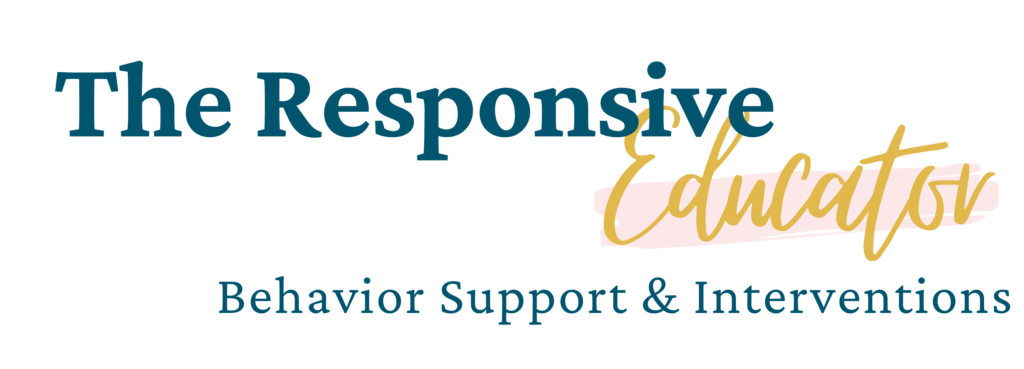

Conducting a Functional Behavior Assessment (FBA) is a critical first step in addressing challenging student behaviors. But what comes next? Once you’ve gathered your data, identified behavior triggers, and developed a functional hypothesis, the next step is to put that information into action by creating an effective Behavior Intervention Plan (BIP).
A well-crafted BIP bridges the gap between understanding behavior and implementing strategies that support positive change. Here’s how you can use your FBA results to build a behavior plan that works.
Before diving into your plan, take a moment to summarize the key findings from your FBA. This summary will guide the development of your BIP and ensure your plan is tailored to the student’s specific needs. Include:
Pro Tip: If you’re feeling stuck, tools like structured FBA templates can help you organize and document your findings.
The goal of any BIP is not just to reduce problem behaviors but to teach students alternative, positive behaviors that serve the same function. These are known as replacement behaviors.
For example:
Replacement behaviors should:
Proactive strategies focus on preventing problem behaviors before they occur. Using your FBA data, consider:
Including proactive strategies in your BIP ensures that the student has a better chance of success by reducing opportunities for problem behaviors to occur.

Reinforcement is key to encouraging replacement behaviors and maintaining progress. Your BIP should outline:
A balance of reinforcement and consistent responses helps students understand expectations and build new habits.
No behavior plan is static—it requires regular monitoring to ensure it’s working. Use data collection tools to track the student’s progress, and don’t be afraid to make adjustments if something isn’t working.
Some areas to monitor include:
Regularly reviewing and updating the plan ensures it remains effective and responsive to the student’s needs.

Creating a BIP doesn’t have to be overwhelming. Using structured tools, like my Behavior Plan Template, can help streamline the process. This comprehensive resource includes:
For a *much more* detailed guide on crafting effective behavior intervention plans, don’t miss my post, Building Effective Behavior Intervention Plans: A Step-by-Step Guide. This post walks you through every step of the process, ensuring you have the confidence to create plans that truly work.
The FBA gives you the “why” behind a behavior, and the BIP is your roadmap to creating meaningful change. By using the steps outlined above—and equipping yourself with the right tools—you can build a behavior plan that addresses student needs, supports skill development, and promotes a positive classroom environment.

Support your students’ individual needs with our exclusive Classroom Concerns Checklist.
Identify key concerns in areas like cognitive skills, communication, social/emotional behavior, and more.
Sign up now to receive instant access and valuable insights on addressing classroom concerns.
Don’t miss out, join our community today!